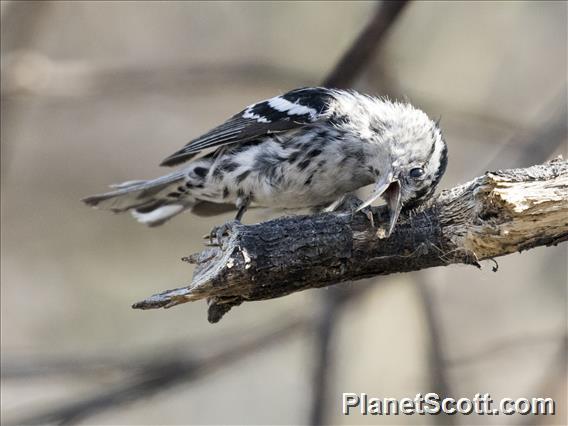Black-and-white Warbler (Mniotilta varia)

Black-and-white Warbler (Mniotilta varia)

Black-and-white Warbler (Mniotilta varia)


×



Black-and-white Warbler (Mniotilta varia)

Black-and-white Warbler (Mniotilta varia)
About Black-and-white Warbler (Mniotilta varia)
- Kingdom: Animals
- Phylum: Chordates
- Class: Birds
- Order: Perching Birds
- Family: New World Warblers
The black-and-white warbler is a species of New World warbler, and the only member of its genus, Mniotilta. It breeds in northern and eastern North America and winters in Florida, Central America, and the West Indies down to Peru. This species is a very rare vagrant to western Europe. Relative to other New World warblers, it is not well studied.
Source: Wikipedia
Trips
Visits
-
2007-10-10
La Mancha, Mexico -
2008-01-06
Singayta, Mexico -
2009-01-14
Cozumel, Mexico -
2009-01-20
Crooked Tree, Belize -
2009-02-03
Los Tarrales, Guatemala -
2009-02-20
Santa Elena - Hidden Valley, Costa Rica -
2009-02-21
Reserva Monteverde, Costa Rica -
2009-03-19
Punta Patino, Panama -
-
-
2013-04-19
Bolivar Peninsula, United States of America -
2014-01-20
Zapoten, Dominican Republic -
2014-01-21
Puerto Escondido, Dominican Republic -
2014-01-22
El Aceitillar, Dominican Republic -
2014-01-23
Cachote, Dominican Republic -
2014-01-26
Los Haitises National Park, Dominican Republic -
-
-
-
-
2019-11-03
Alta Plaza Park, United States of America -
-
-
-
-
-
-
-
-
-
-
-
-
-
-
-






